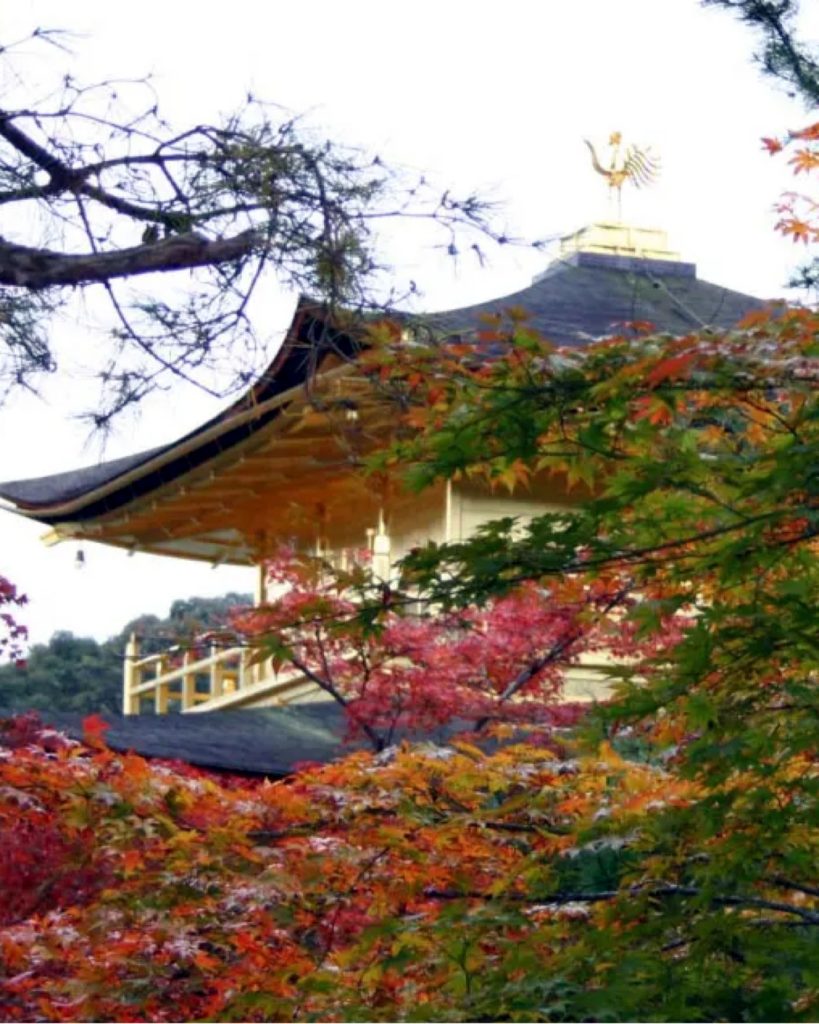
It is generally said that Ashikaga Yoshimitsu, praying for peace in the capital of Kyoto without wars, erected the phoenix at the Golden Pavilion. However, Yoshimitsu, who acquired immense wealth and power through Kangou trade (a common name for the trade that took place between Yoshimitsu Ashikaga, the third general of the Muromachi shogunate, and Emperor Yongle, the emperor of the Ming dynasty), was not satisfied with that alone. It is said that he harbored ambitions of usurping the imperial throne and was planning for it. The structure of the Golden Pavilion is considered to represent the hierarchy of authority, and there is a theory that the phoenix at the highest point symbolizes Yoshimitsu himself. The phoenix was installed with the meaning that he, Yoshimitsu, was more deserving of being the emperor than the emperor himself. While Yoshimitsu left significant achievements, comparable to later figures such as Oda Nobunaga, Toyotomi Hideyoshi, and Tokugawa Ieyasu, his ambition to seize the imperial throne and its realization were unique to him. Although Yoshimitsu appears in history textbooks, strangely, he is not often featured as the protagonist in TV dramas or movies. This is because Ashikaga Yoshimitsu plotted the greatest taboo in Japanese history—the usurpation of the imperial throne.
金閣寺の鳳凰は戦乱のない京の都の平和を祈って足利義満が掲げたと一般には言われています。しかし、勘合貿易で巨万の富と権力を手に入れた義満はそれだけでは満足せず、皇位簒奪の野望を持ち、計画していたと言われています。金閣の造りは権威の序列を表しているとされ、一番高いところにある鳳凰は足利義満本人を表しているという説もあります。天皇より自分こそが天子にふさわしいという意味を込めて設置したのが鳳凰なのです。足利義満はのちの織田信長、豊臣秀吉、徳川家康らと肩を並べるほどの大きな功績を残した人物ですが、皇位簒奪の野望を持ち、それを具現化したのは義満だけです。足利義満は歴史教科書には出てきますが、何故かテレビドラマや映画等の主人公として取り扱われることはありません。足利義満は日本史最大のタブーである皇位簒奪をたくらんだからです。
